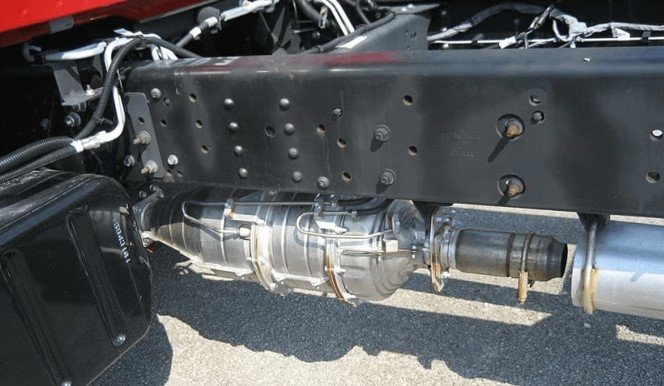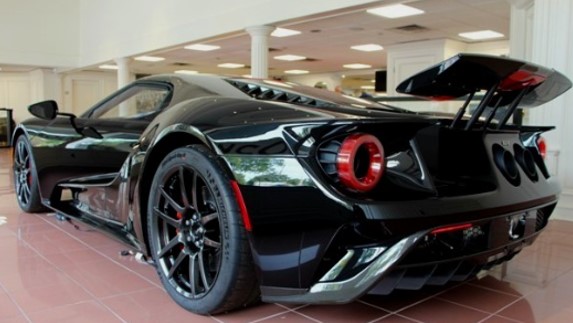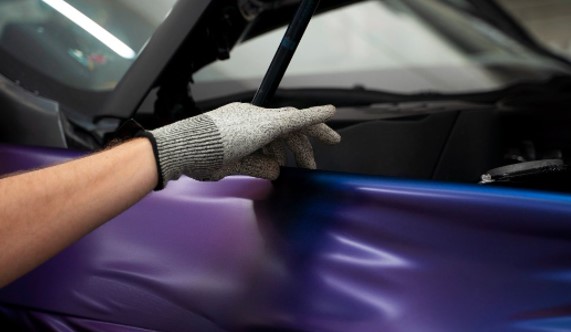The Maxxis Minion DHF Tire is Still the One to Beat [Review]

I loathe the Minions. No, not the tires, I’m speaking about the very little yellow guys in overalls. They are generally unintelligible and despite their most effective intentions, they’re hapless and typically ineffective. Contrast that with the Maxxis Minions, which are extremely helpful at carving singletrack and prepared to provide in nearly any disorders.
I have ridden the Maxxis Minion DHF tires even though screening many bikes more than the several years, and it is very likely most of our readers have a ton of practical experience with them as effectively. Curiously, Singletracks has never released a entire evaluation of the Minion DHFs, possibly for the reason that they are so ubiquitous. What can be reported that hasn’t been stated presently? For all those in the know this evaluation won’t protect a great deal of new floor, but for mountain bikers who haven’t attempted the Maxxis Minion DHF tire, my hope is that this will serve as a right introduction.
Maxxis Minion DHF specs
There are at present 5 flavors of the Minion two are excess fat bike tires and a single is a fast-rolling, semi-slick that I genuinely like, even though it does not seem to be to be a large vendor. That leaves the Minion DHF and DHR II, both equally of which are massively preferred and are specced on builds from many top rated bike brand names. The DHF, which I’m reviewing listed here, is advisable as a front tire, even though the DHR II is recommended for the rear.
Maxxis claims the Minion DHF is an all-disorders tire that’s appropriate for everything from light-weight-responsibility path riding to downhill racing, based on the tire’s building. And boy, are there a whole lot of measurements and constructions to choose from! Prospective buyers can locate the Minion DHF in diameters from 20″ to 29″ and widths from 2.3″ to 3.0″ (not like the Minion FBF body fat bike entrance tire). The Maxxis Minion DHF is supplied with dual, 3C MAXX Grip, or 3C MAXX Terra compounds and every casing configuration from lightweight EXO/TR to burly DH development.
I haven’t kept monitor of all the versions of the Maxxis Minion DHF I have tested around the decades, but a speedy scan by way of my images shows 2.3, 2.5, and 2.8″ widths, and equally the dual and triple compound constructions, while most of the probable countless numbers of miles I have put in have been on the light-weight EXO/TR casing. The bikes I have examined extensive time period with Minion DHFs ranges from mild-duty trail bikes to all-mountain e-bikes, and from high-stop to finances complete-suspension builds. Plainly the Minion DHF is a properly rounded tire.
The Evil Pursuing path bike I’m currently testing is established up with the Minion DHF 29×2.50WT with 3C Maxx Grip compound and EXO/TR casing. As far as 2.5″ huge DHF tires go, this configuration is a person of the lighter-pounds variations intended for path using.

Minion DHF tread pattern
Maxxis points out that the Minion is just one of the most imitated tires in the activity, and a brief appear at other models displays that most have a tire in their lineup with a comparable, however not equivalent, tread sample. In point I have when compared additional than just one tire to the Minion DHF in previous tire opinions. A pair a long time in the past Ken Avery stuffed us in on how he and pro rider Colin Bailey labored collectively to design the first Minion, which Avery described as becoming “moto-motivated,” and although tire tech and building has advanced a fantastic offer, the tread pattern has remained a great deal the very same for above 20 many years.
The Maxxis Minion DHF characteristics two repeating sets of blocks down the center. A pair of ramped, squarish blocks alternates with a pair of deeply siped and angled blocks with ample spacing down the middle and along the sides for clearing mud and debris. There are not any focused transition knobs, however the angled middle block pairs appear to be to go towards serving this goal.
Cornering knobs alternate between squared and siped and a amusing-seeking, Tetris-like geometric condition. Overall the tire has an aggressive, knobby glance that’s unlikely to be mistaken for a cross-nation tire.

On the trail
The point that stands out to me as a merchandise reviewer and a rider is how steady and common the Maxxis Minion DHF feels on the path. Switching to a new tire, specifically in the front, can require some demo and error to get comfortable with transitions into corners, but not so with the Minion DHF. I’ve identified it is entirely and instantly intuitive, some thing that’s exceptionally scarce amongst entrance tires. It is a mystery — to me in any case — how the Minion DHF manages this just after all, I uncovered few if any of the Minion copycat tires to be similarly intuitive or consistent.
Leaning into corners, the Minion DHF transitions effortlessly, whether it is a rapid flick or a gradual lean. The stout cornering knobs provide firm reinforcement on the edge, and I never ever uncover myself wondering if the tire will hold. I’ve leaned farther toward horizontal on the Minions than any other tire, and they’ve in no way allow me down. Cornering is seriously where entrance tires glow, and for my income there isn’t a much better front tire out there than the Minion DHF.

Braking traction is exceptional as effectively, and this will come into perform more normally than not on steep descents exactly where more weight is bearing down on the front finish of the bicycle. The Minion DHF digs in and almost never slips, irrespective of whether I’m feathering the brakes for a tough, specialized descent or just providing a faucet even though blasting down a stream trail.
I’ve found the Maxxis Minion DHF actually serves as an all problems tire, from loose to agency and from moist to dry. Definitely the compound makes a change when it will come to really hard surface traction, as does tire pressure. The Minions do a superior occupation clearing mud and clay, and lower as a result of sandy washes improved than most.
Considering back more than hundreds of rides on the Minions DHF tires, I just cannot remember a single pinch flat in spite of running “just” EXO/TR casings. Truthfully most riders should be ready to get away with a lighter casing on the DHFs considering that it is a entrance tire after all. Which is not to say I have not experienced punctures owing to sharp objects, though no far more or less than other tires.
Of course no tire is ideal, and if I had my way the Minion DHF would be lighter weight and quicker rolling. And still, I hope Maxxis doesn’t attempt to make it more rapidly or lighter simply because there’s a excellent probability that could acquire absent from the points I presently like about this tire. So the saying goes, if it ain’t broke, really don’t try to resolve it.

Choosing a variation of the Minion DHF can be puzzling mainly because there are so quite a few choices readily available. For path bikes, the 29×2.50WT with 3C Maxx Grip compound and EXO/TR casing is a harmless alternative, and a single that I’ve found specced on many builds. From there, you can go with a lighter, quicker rolling variation or a burlier, tougher model relying on your using fashion. With 16 configurations readily available in the 29er diameter by itself, the only challenge is finding the tire you want in stock at your community bicycle store or on the web.
Bottom line: When riders say tires are 1 of the most significant updates you can make to your bicycle, they’re talking about the Minions. At the very least I am, anyway.
Party laps
- Amazing cornering and transitions
- Fantastic grip
- Intuitive
Professionals and cons of the Maxxis Minion DHF.
Dust naps
- Number of options can be frustrating







